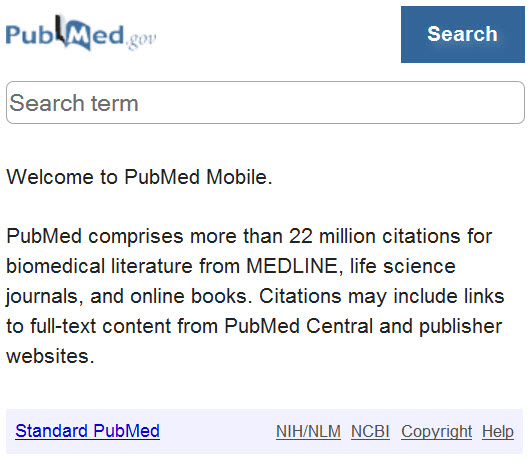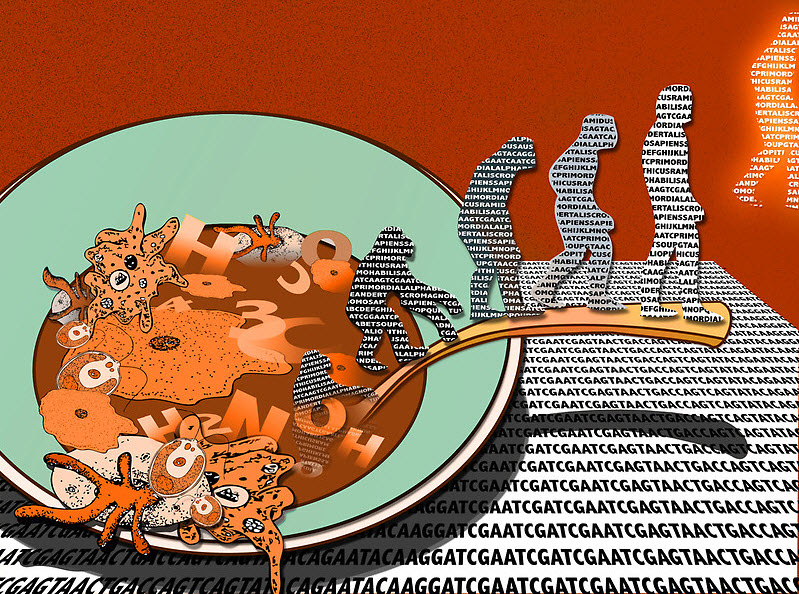HSLS offers classes on database searching, software applications such as Adobe Photoshop, bibliographic management, molecular biology and genetics, and library orientations. For more information, visit the online course descriptions.
Classes are held on the first floor of Falk Library (200 Scaife Hall) in Classroom 1 and on the upper floor of the library in Classroom 2. All classes are open to faculty, staff and students of the schools of the health sciences at the University of Pittsburgh. They are also open to UPMC residents and fellows.
No registration is required for any of these classes. Seating for classes is first-come, first-served, until the class is full. Classes marked with an asterisk (*) qualify for American Medical Association Category 2 continuing education credit.
Class schedules are subject to change. Please consult the online class calendar for the most current information.
Faculty, staff and students of the schools of the health sciences will need a valid Pitt ID or e-mail account to attend these classes. UPMC residents/fellows will need to show their UPMC IDs.
HSLS ORIENTATION
Introduction to HSLS Resources and Services at Falk Library
(Meet inside entrance to Library)
Offered upon request to groups or individuals. Call 412-648-8866.
SEARCHING DATABASES
Painless PubMed* (Falk Library Classroom 1)
| Monday, March 4 |
4:30-5:30 p.m. |
| Thursday, March 21 |
11 a.m.-noon |
| Wednesday, March 27 |
3-4 p.m. |
MOLECULAR BIOLOGY AND GENETICS RESOURCES
Microarray Data Analysis* (Falk Library Classroom 2)
| Wednesday, March 6 |
1-3 p.m. |
Sequence Similarity Searching* (Falk Library Classroom 2)
| Wednesday, March 20 |
1-3 p.m. |
Introduction to CLC Main Workbench* (Falk Library Classroom 2)
| Wednesday, March 27 |
1-3 p.m. |
SOFTWARE TRAINING
Advanced PowerPoint for Presentations (Falk Library Classroom 2)
| Thursday, March 7 |
1:30-3:30 p.m. |
|
EndNote Basics (Falk Library Classroom 2)
| Tuesday, March 12 |
2-4 p.m. |
|
PowerPoint for Conference Posters (Falk Library Classroom 2)
| Monday, March 18 |
noon-2 p.m. |
Prezi for Presentations (Falk Library Classroom 2)
| Tuesday, March 26 |
1-3 p.m. |
CUSTOMIZED CLASSES
Customized classes can be developed for your department, course, or other group.



 I must be imagining things! I walk into the library and not only have the books and journals switched places, but now part of the library looks like a crime scene from CSI…have I bumped my head or have I been studying way too much?
I must be imagining things! I walk into the library and not only have the books and journals switched places, but now part of the library looks like a crime scene from CSI…have I bumped my head or have I been studying way too much?